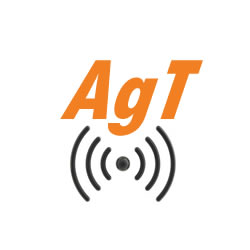What if you could track the health of your farm’s ecosystem just by listening? That’s the aim of Wilder Sensing, a company using bioacoustics – the sounds of nature – to help farmers and land managers measure their impact on biodiversity.
It was during the COVID lockdown that founder Geoff Carss, a software engineer by trade but a keen naturalist, started to consider how we could better measure our impact on the environment.
“It’s a really complex subject,” he says. “There’s so many different taxa and they interrelate to each other, so how can we start to measure this?”
He was looking for an approach that was low cost, scalable technically, commercially and geographically, underpinned by good science, and could produce results that would be easy for people to understand.
The answer was bioacoustics and the use of a simple recording device, an unobtrusive green box, consisting of a microphone, batteries and a memory card.
“It’s very straightforward to obtain vast amounts of data,” he says. “You can record 24/7 and use multiple devices across a site or farm.”
After successfully pitching an idea to use the recorders on BBC’s Springwatch in 2024, six recorders created over half a million records of identified bird calls in six weeks. That doubled the following year, when eight recorders over 10 weeks collected almost a million records.
Processing all that data is where the complexity begins, although the actual process is rather underwhelming, Geoff says. “It’s designed to be simple. You put the memory card in a computer, upload the audio files through a file manager and then everything happens in the background.”
The ‘background’ is using artificial intelligence and machine learning algorithms to identify individual bird species, explains Cat Scutts, Wilder Sensing Business Development Manager. Further down the line, the aim is to expand their capacity to also identify bats, mammals and some insect species.
“AI gets a bit of a bad rep, particularly around the environmental impacts of energy use and water for cooling. But the AI and machine learning we use is discriminative rather than generative AI.
“This has a much lower environmental impact,” Cat says. “The approach also saves a huge amount of time, money and potential fuel costs compared with an in-person survey – it’s very efficient.”













